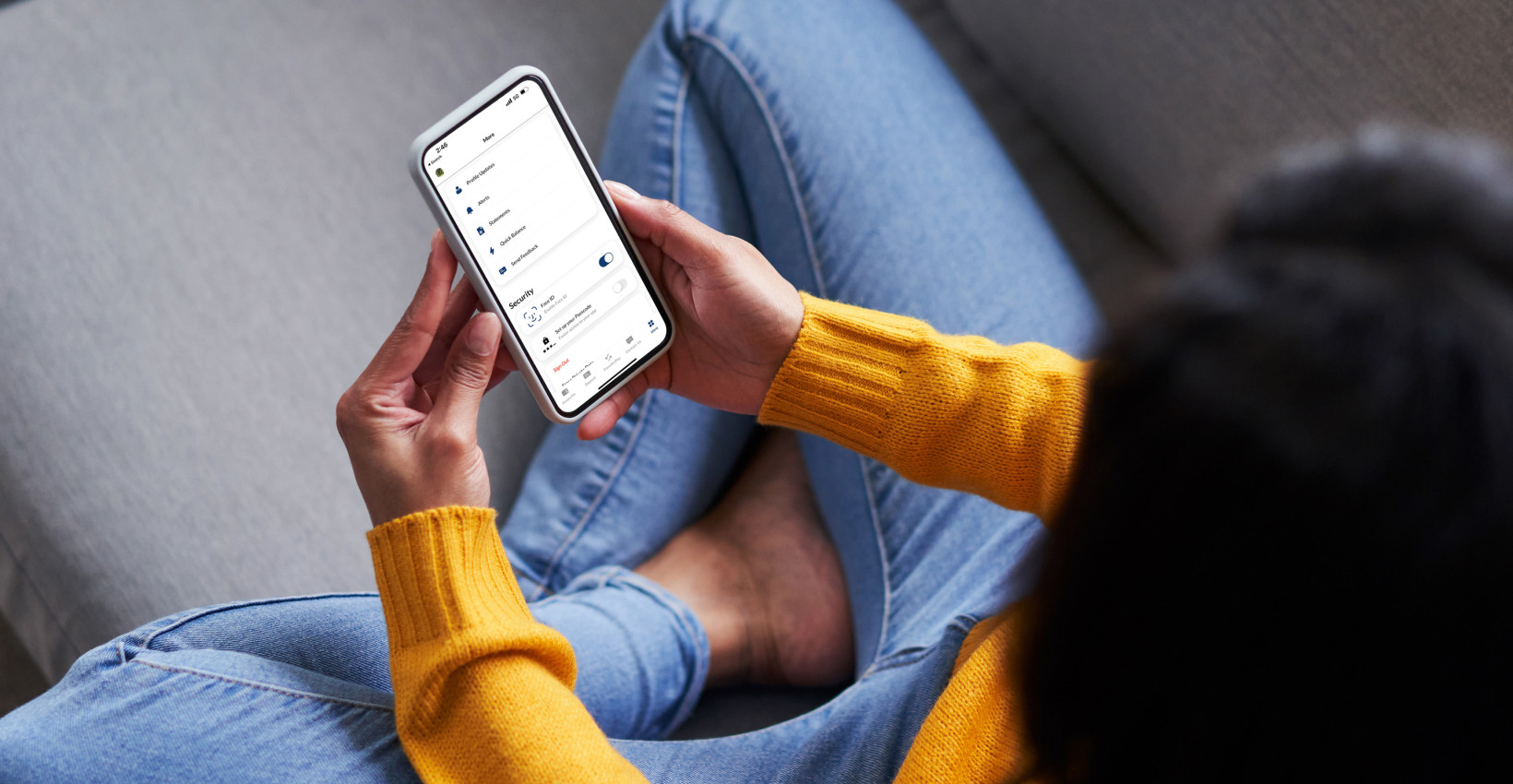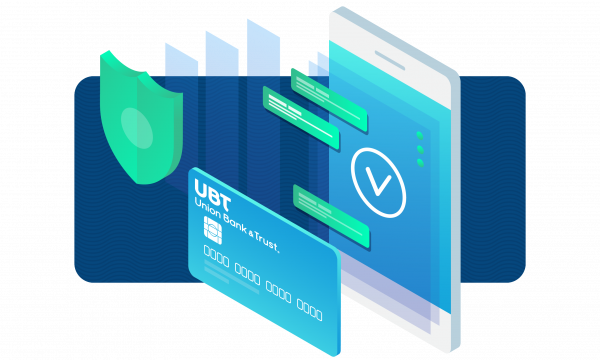How UBTgo keeps you safe

Online and mobile banking offer great flexibility and convenience, allowing you to view your account balances, pay bills, transfer funds, and deposit checks with a tap or two of your keyboard or handheld device. UBTgo offers an easy, convenient alternative to visiting a branch. Even better, UBTgo is safe, secure, and easy to use — and in this article, we’ll tell you all about why UBTgo is a safe place to handle your daily banking needs.
We work hard to keep you safe
Most likely, one of the reasons you bank with UBT is because you trust us to keep your money and information safe. We spend a great deal of time, money, and additional resources to ensure that our physical buildings, vaults, and transport systems are secure, that our employees are vetted and well-trained, and that the security equipment and operating systems we use are up-to-date, reliable, and protected, with intelligent experts at the helm of each component. This diligent concern for security is also true of our online and mobile banking platforms.
We’re required by state and federal regulations to use multiple layers of protective security in our online banking systems, and these systems are assessed periodically to ensure we’re meeting those requirements. We’re held to a very high standard when it comes to protecting your money and account information, and then we take it a bit further: We use methods like encryption, authentication of username and password, transaction validation and reconciliation, antivirus software, server protection, and firewalls to keep the bad guys out and detect fraud.
Your account is thoroughly locked down
UBTgo contains a layer of security that’s designed to protect you even if your username or password were compromised somehow — it’s called multifactor authentication, or MFA. Multifactor authentication is just as it sounds: It uses more than one method to verify the user to add another level of account protection, in which your device is only granted access after successfully providing two or more pieces of information. Think of MFA as combining an active and a passive method of verification: The passive verification doesn’t require a specific action from you, but pays attention to the device you’re using (like a computer or smartphone). Active verification requires you to do something, such as inputting a username and password and/or using a one-time security code.
When using the UBTgo mobile banking app on your smartphone rather than accessing UBTgo on your computer, we offer yet another option to the MFA process, using a unique-to-you alternative to entering your password: biometrics. The biometric authentication feature allows you to log in to your mobile app using your Face ID. And if your smartphone is not face recognition-compatible, you have the option of selecting the fingerprint option instead. Both the face recognition and fingerprint methods allow you to quickly access the app and are considered the most secure way of logging in. When setting up MFA on your smartphone, you’ll be able to choose passcode access or either facial recognition or fingerprint, based on your phone’s compatibility (and both are super-simple to set up). UBT’s servers and apps don’t have access to your biometric data, nor is it saved in the cloud. Your face recognition or fingerprint data is encrypted and stored on your device, making it extremely difficult for cybercriminals to access.
UBTgo is free to use online
As a rule, UBTgo services offered for mobile devices — such as access to your accounts via a mobile web browser, the UBTgo app, and text banking — are free to use. However, your mobile provider’s message and/or data rates may apply, and any charges would depend on your phone provider’s data plan.
There is also no fee to enroll or pay bills to vendors electronically. Personal BillPay includes additional features, including same-day payment and overnight payment, which do incur transaction fees.
UBTgo is backed by real people
We totally get that not everyone starts out with the same comfort level with online and mobile banking, and our Customer Support team is as close as a phone call or live chat during Customer Support Center hours — otherwise, they’ll get back to you on the next business day!
Need a best practices refresher?
Much like you would physically secure your banking information, you will, of course, want to take every precaution to protect your login credentials and online banking information, too. Here are some best practices to follow to keep yourself safe:
- Use and maintain firewall and antivirus software on your computer.
- Make your computer and smartphone harder to access — password-protect them to prevent unauthorized access in case your device is lost or stolen. If you can use biometric authentication on your phone, even better! (Use your phone’s documentation or pay a visit to the phone store to learn how.)
- Use only password-protected, secure Wi-Fi connections. Never use unsecured internet connections, such as public Wi-Fi at the coffee shop, to do your banking.
- Create long, strong, unique passwords. They should be eight or more characters long and include a combination of numbers, symbols, and upper- and lowercase letters.
- Change your passwords every three months.
- Consider storing your passwords in a secure password manager. These tools let you set up unique passwords for all of your accounts, and you only have to remember the master password that lets you into your password manager’s vault.
- When you’re done banking with UBTgo, log out rather than waiting for it to time out and log you off automatically.
- Make sure you download UBTgo from your smartphone’s verified app store.
Click here to learn more about UBTgo, or click here to get started with UBTgo on your desktop computer or smartphone. (You can also go directly to Apple’s App Store® or Google Play™.) And do let us know if we can help — our stellar support team wants to help you make the most of the banking tools in your toolbox.
Learning Center articles, guides, blogs, podcasts, and videos are for informational purposes only and are not an advertisement for a product or service. The accuracy and completeness is not guaranteed and does not constitute legal or tax advice. Please consult with your own tax, legal, and financial advisors.
iPhone®, Apple Pay®, Apple®, and App Store® are registered trademarks of Apple Inc.
Samsung Pay® is a registered trademark of Samsung Electronics Co.
Android™, Google Play™, and Google Play logo are trademarks of Google LLC.




